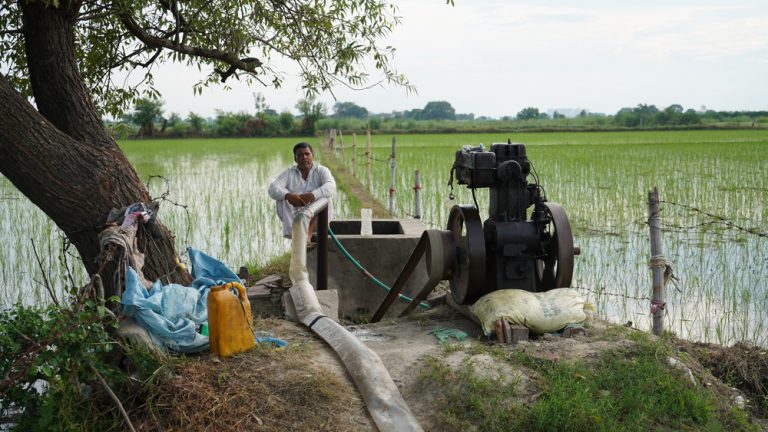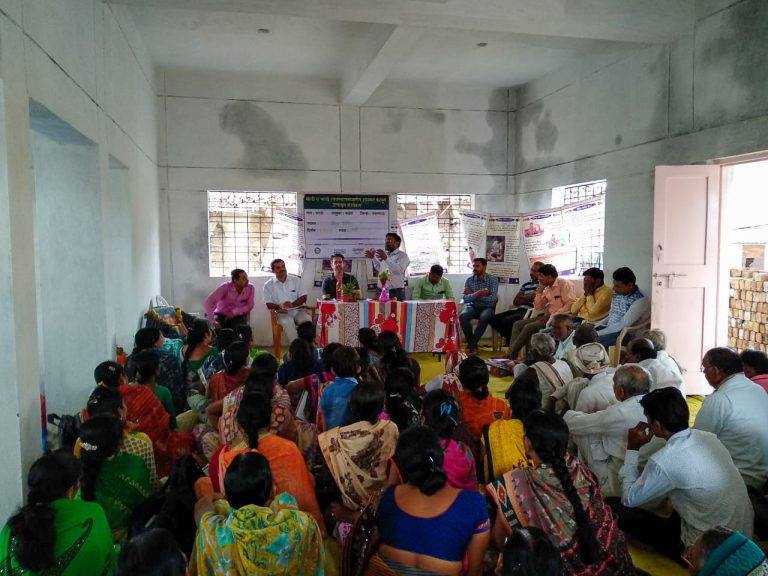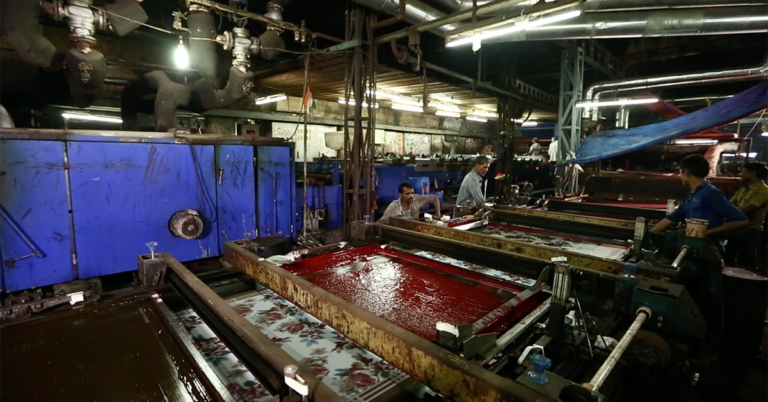For farmers in rural, drought-prone areas of India, lack of irrigation for crops is a major problem, especially for the smallholder farmers, who are the most vulnerable. There simply isn’t enough water to support all agricultural needs, and only a small number of farmers can access groundwater sources. Meanwhile, none of India’s cities have the groundwater resources required to supply its citizenry. This water scarcity is a crisis across India.
World Water Day 2022 focuses on this very topic — groundwater.

Groundwater is the major source of irrigation and drinking water in India. India uses more groundwater than China and the United States combined. An analysis of groundwater level fluctuation (2007-2017) indicates that around 55% of the country recorded a decline in water levels.
As the United Nations says, groundwater is invisible, but its impact is visible everywhere.
Over the past few years, the Institute for Sustainable Communities (ISC) has been engaged in partnerships to tackle a two-fold issue in India’s rural, drought-prone areas; gender equity and access to clean, plentiful water. We’ve seen that solutions must address both elements to be truly sustainable in our work. From our previous work with EHS+ Centers across Asia to mitigating flooding in the U.S. and today’s Women + Water Alliance, here are five ways we are finding equitable, sustainable water solutions:
1. Growing Awareness of Water Usage
For the past ten years, the Institute has worked with partners across India to identify causes of water insecurity in rural communities and collaborates in finding sustainable solutions. The state of Maharashtra, India, is an example. In early 2019, farmers in the Kalamb block struggled with a lack of groundwater sources to sustain crop rotations. The Institute and its partner, Action for Agricultural Renewal in Maharashtra (AFRAM), worked in ten villages to map out the state of water resources and identify how water was being used.
“We never knew that 98% of the total water use in our village was for irrigating cotton and other crops,” said one village extension worker.

The farmers realized they had an important role to play in conserving water resources. Tracking usage and mapping water resources were proven to be a critical first step to understanding the scope of the problem, and this method has since been replicated in other projects.
2. Managing Industrial Water Risks
The manufacturing sector made up 13.1% of India’s GDP in 2020, according to the World Bank. In Bangladesh, it was a whopping 18% percent. As Southeast Asia moves forward with its mission to create a more sustainable future, the Institute and its partners are calling on policymakers, factory managers, investors and corporations, and community leaders to consider their role in water conversation. The demands of rapid industrialization and urbanization coincide with falling water tables and deteriorating water quality due to climate change and pollution. To achieve sustainable water development, industries must regularly audit their water use and water-intensive industries to manage their impact on groundwater quantity and quality. Taking a bottom-up approach, the Institute has connected factories with best practices in water management, strengthening the partnerships between small and medium enterprises and the communities they reside in. These integrated solutions create more equitable access to water and healthier workers.

3. Promoting The Use Of Treated Wastewater
Wastewater from India’s towns and cities may cross 120,000 million litres per day (mld) by 2051, and rural India will generate more than 50,000 mld. While we take measures to increase treatment capacity, it is important that more attention is given to promoting the use of treated wastewater for irrigation, non-potable use in cities (horticulture, dust suppression) and industries.
4. Improving Water Use Efficiency
Improving water use efficiency will not only address the immediate crisis, but is crucial for reducing dependence on freshwater sources for long-term impact. For example, the agriculture sector accounts for more than 85% of India’s freshwater use; however, the sector’s water use efficiency is less than 30%. We can improve this by driving adoption of low cost technologies and practices, which we know save freshwater without impacting productivity. The capacity of all sectors must be built to engage in appropriate water use efficiency practices. Setting up a Bureau of Water Use Efficiency would make sense as a first step to coordinate these efforts.
5. Maintaining Soil Health
Increasing the level of organic farming techniques is the best way to protect groundwater from contamination and make soil nutrient-rich. Soil organic carbon is crucial to maintain soil health and increase fertility. Healthy soils provide farmers with better crop yields and also help reduce stress on the plants. At the Institute for Sustainable Communities (ISC) and our partners are working with cotton-growing communities in India, to promote soil and water conservation practices as part of a holistic approach to promote water stewardship and sustainability.
Learn more about our Women + Water Alliance partnership here and donate today to help grow our reach. Stay up to date on our progress by subscribing to our monthly Climate Justice Bulletin.
